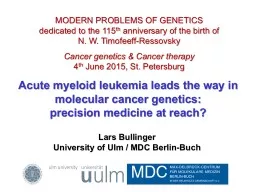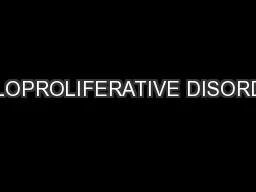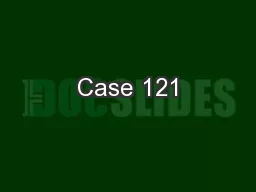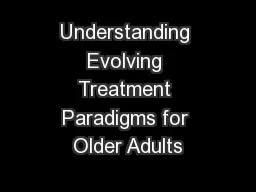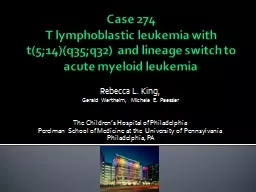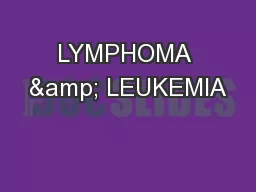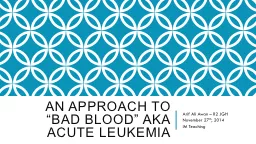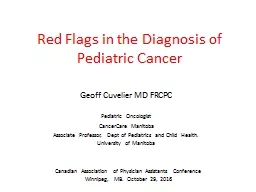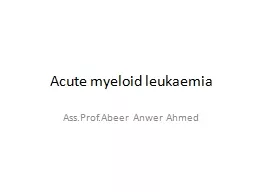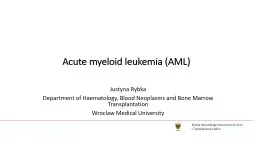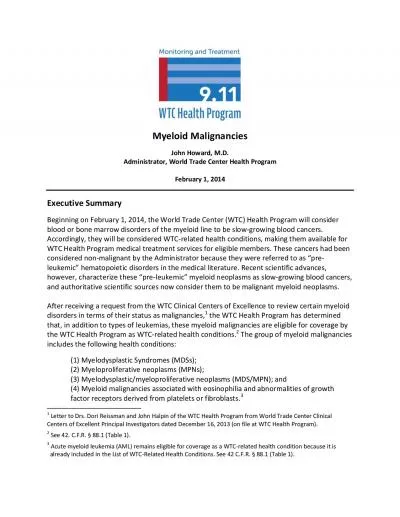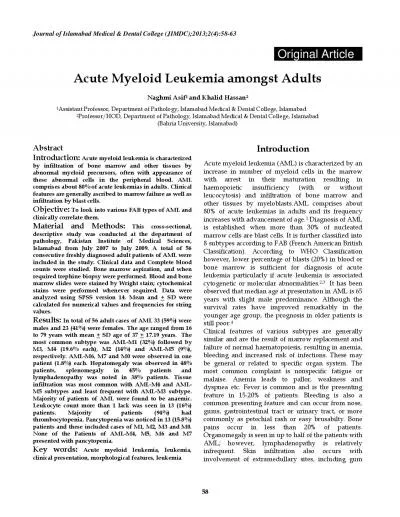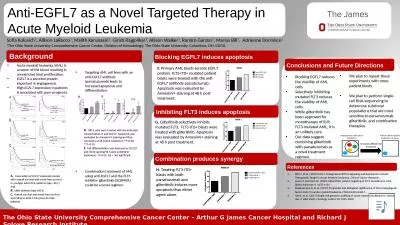PPT-Acute myeloid leukemia leads the way in molecular cancer genetics:
Author : DreamyDiva | Published Date : 2022-08-04
precision medicine at reach Lars Bullinger University of Ulm MDC Berlin Buch MODERN PROBLEMS OF GENETICS dedicated to the 115 th anniversary of the birth of
Presentation Embed Code
Download Presentation
Download Presentation The PPT/PDF document "Acute myeloid leukemia leads the way in ..." is the property of its rightful owner. Permission is granted to download and print the materials on this website for personal, non-commercial use only, and to display it on your personal computer provided you do not modify the materials and that you retain all copyright notices contained in the materials. By downloading content from our website, you accept the terms of this agreement.
Acute myeloid leukemia leads the way in molecular cancer genetics:: Transcript
Download Rules Of Document
"Acute myeloid leukemia leads the way in molecular cancer genetics:"The content belongs to its owner. You may download and print it for personal use, without modification, and keep all copyright notices. By downloading, you agree to these terms.
Related Documents

